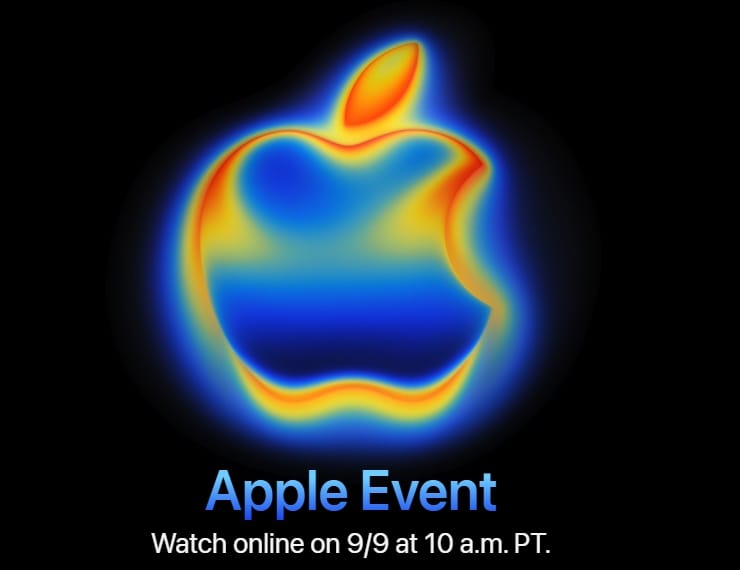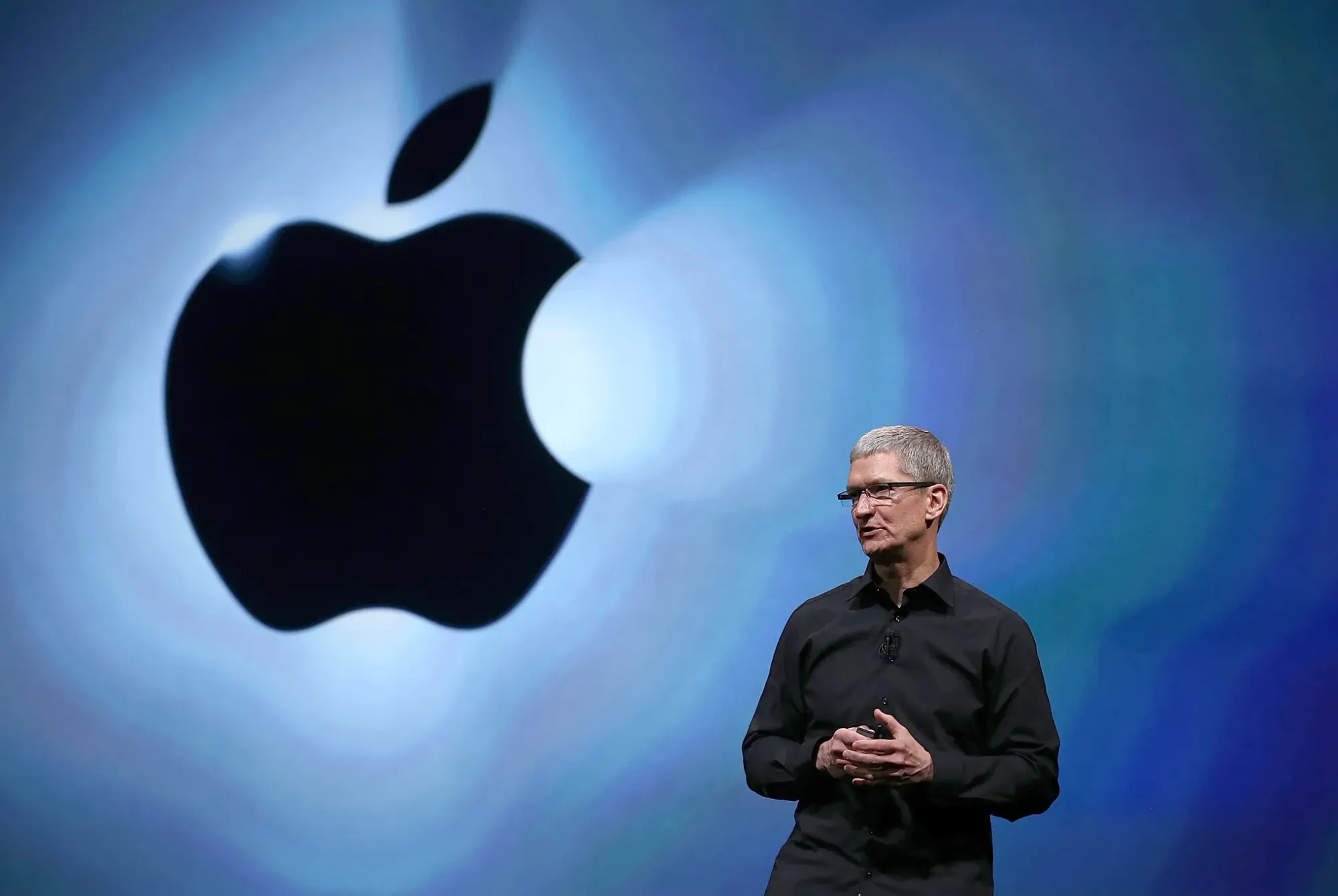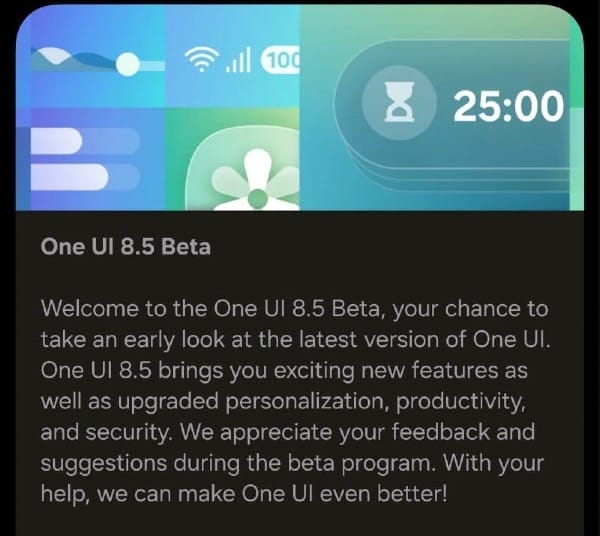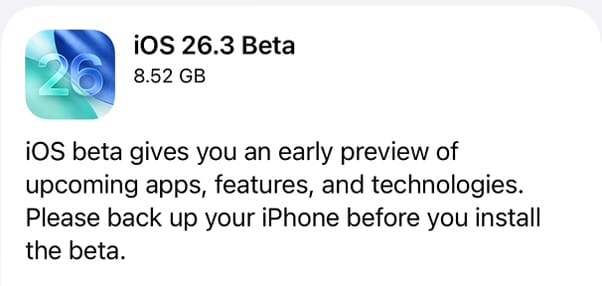In just one week, on September 9, 2025, Apple will host its annual fall event at the Steve Jobs Theater in Apple Park, Cupertino, California. Dubbed “Awe Dropping,” this event is poised to be a pivotal moment for the tech giant, marking the launch of the iPhone 17 series and a slew of other products. With Apple facing competitive pressures in AI and a stock dip of 15-19% in 2025, the stakes are high for this showcase to reassert Apple’s innovation prowess. Here’s an in-depth look at the rumors, expectations, and major details surrounding the event, based on the latest leaks and analyst insights.
The iPhone 17 Series: A New Era of Design
The centerpiece of the September 9 event is undoubtedly the iPhone 17 lineup, which is expected to include four models: the iPhone 17, iPhone 17 Pro, iPhone 17 Pro Max, and the much-anticipated iPhone 17 Air (potentially called the iPhone 17 Slim). This year, Apple appears to be shaking up its smartphone strategy with significant design and hardware changes.
iPhone 17 Air: The Ultra-Thin Revolution
The iPhone 17 Air is generating the most buzz, rumored to be Apple’s thinnest iPhone ever at approximately 5.5mm thick—thinner than the Galaxy S25 Edge. This sleek design, inspired by the MacBook Air and iPad Air, aims to reinvigorate consumer interest in a smartphone market where upgrades are often driven by necessity rather than excitement. The iPhone 17 Air is expected to feature a 6.6-inch display with a resolution of 1,260x2,740 pixels, powered by either the A19 or A19 Pro chip. However, this slim profile comes with trade-offs: it’s likely to have a single-lens rear camera and a 2,800-mAh battery, potentially using a high-density silicon battery to boost capacity by 15-20%. The front camera may shift to the left of the Dynamic Island for design optimization, and the device is expected to pack 12GB of RAM, aligning it with the Pro models.
iPhone 17, Pro, and Pro Max: Incremental Upgrades with Big Impact
The standard iPhone 17 is rumored to sport a 6.3-inch display with a 120Hz refresh rate, a significant upgrade from the 60Hz of previous base models. It will likely feature a 48MP rear camera and a 24MP front-facing camera for enhanced selfies and video calls. The iPhone 17 Pro and Pro Max are expected to introduce an aluminum frame, moving away from the titanium used in recent Pro models, and a redesigned pill-shaped camera bump. This new camera module may house a 48MP Telephoto lens with up to 8x optical zoom, a notable improvement for photography enthusiasts. All models are expected to run on A19 or A19 Pro chips, with ProMotion (120Hz refresh rate) becoming standard across the lineup. Additionally, the iPhone 17 series will ship with iOS 26, which introduces the Liquid Glass design language—a translucent, depth-focused interface inspired by the Vision Pro headset.
Pricing and Colors
While Apple typically maintains consistent pricing, there’s speculation about potential increases due to rising component costs and tariffs. The iPhone 17 is expected to start at around $799, with the Pro models commanding higher price points. The iPhone 17 Air’s pricing remains uncertain, but its premium design could position it between the standard and Pro models. Color options for the iPhone 17 and Air may include black, white, gray, pastel green, pastel purple, and pastel blue, while the Pro models might feature a bold copper or orange shade alongside more muted “professional” tones.
Apple Watch: A Trio of Updates
Apple is expected to refresh its entire Apple Watch lineup for the first time in three years, unveiling the Apple Watch Series 11, Apple Watch Ultra 3, and Apple Watch SE 3.
Apple Watch Ultra 3: Satellite Connectivity
The Apple Watch Ultra 3 is rumored to introduce satellite connectivity, enabling emergency communication in remote areas without Wi-Fi or cellular signals. This feature, exclusive to the Ultra, could be a game-changer for adventurers and outdoor enthusiasts. The Ultra 3 is also expected to feature a larger display and faster charging, though its design will likely remain similar to its predecessor. Pricing may start at $799, with potential increases due to tariffs.
Apple Watch Series 11 and SE 3
The Apple Watch Series 11 is anticipated to include new health features, such as hypertension detection, though some reports suggest this may be delayed. The Series 11 is expected to start at $399, maintaining Apple’s standard pricing. The Apple Watch SE 3 will likely see incremental updates, focusing on affordability while incorporating newer chips and sensors. Unfortunately, on-device Apple Intelligence features are unlikely due to hardware limitations.
AirPods Pro 3: Health Monitoring and Enhanced Audio
The AirPods Pro 3 are expected to debut with a redesigned form factor for improved comfort and portability, powered by a new H3 chip for better active noise cancellation and audio processing. A standout rumor is the inclusion of in-ear heart rate tracking, similar to the Powerbeats Pro 2, marking Apple’s push into health-monitoring wearables. The AirPods Pro 3 may also feature touch-sensitive controls and enhanced audio quality, positioning them as a premium offering. However, updates to the AirPods 4 or AirPods Max are not expected at this event.
Other Potential Announcements
While the iPhone 17 and Apple Watch dominate the spotlight, several other products could make an appearance:
- AirTag 2: Rumored to feature an improved Ultra-Wideband chip for better tracking range, enhanced tamper resistance, and Vision Pro integration. This could be a fitting iPhone accessory, though it might be saved for a later release.
- Apple TV 4K: A new model may include a faster processor (potentially A17 Pro, A18, or A19), increased onboard memory (4GB to 8GB), and a smaller form factor. However, it’s unclear if it will debut in September or later in the fall.
- HomeHub (HomePod Touch): A smart home display was initially slated for 2025 but is now expected in spring 2026 due to delays in Siri’s AI overhaul. If Apple surprises with an early reveal, it could serve as a central hub for smart home control and FaceTime calls.
Apple is also likely to announce release dates for iOS 26, iPadOS 26, watchOS 26, macOS Tahoe, tvOS, and HomePod software, with downloads expected to begin around September 15. Pre-orders for the iPhone 17 and Apple Watch models are predicted to start on September 12, with general availability on September 19.
What’s Not Coming
Don’t expect major Mac or iPad announcements at this event. Apple typically reserves these for October or November, and rumors suggest M5-powered MacBook Pro, MacBook Air, iMac, and Mac mini models won’t arrive until 2026. Similarly, new iPad Airs or a low-end iPad are unlikely, as Apple updated these in March 2025. The Studio Display and Mac Pro are also slated for later updates, potentially in late 2025 or 2026.
Strategic Context: Apple’s Three-Year Plan
The September 9 event is the opening salvo in Apple’s reported three-year transformation strategy, as outlined by Bloomberg’s Mark Gurman. Following the iPhone 17 Air, 2026 is expected to bring a foldable iPhone with a book-style design, featuring a 7.8-inch inner display and a $2,000 price tag. In 2027, Apple may unveil a 20th-anniversary iPhone with a wraparound display and no bezels. This ambitious roadmap aims to counter competitive pressures in AI and maintain Apple’s dominance in the consumer tech market, despite challenges like an antitrust lawsuit from xAI and delays in Siri’s AI upgrades.
How to Watch
The “Awe Dropping” event will be live-streamed on Apple’s website, YouTube, and Apple TV app, starting at 10 a.m. PT (1 p.m. ET, 6 p.m. BST) on September 9. Select media will attend in person at Apple Park, but the event will primarily be a pre-recorded video, continuing Apple’s post-2020 approach.
Final Thoughts
Apple’s September 9, 2025, event promises to be a defining moment, with the iPhone 17 Air stealing the show through its ultra-thin design and the broader lineup showcasing Apple’s commitment to integrating hardware with its evolving Liquid Glass aesthetic and iOS 26. While the event may not deliver groundbreaking AI advancements due to Siri’s delayed overhaul, the focus on design innovation and health-monitoring features across devices signals Apple’s intent to stay ahead in a competitive landscape. As always, Apple’s ability to balance form, function, and ecosystem integration will be key to winning over consumers and investors alike.












Discussion